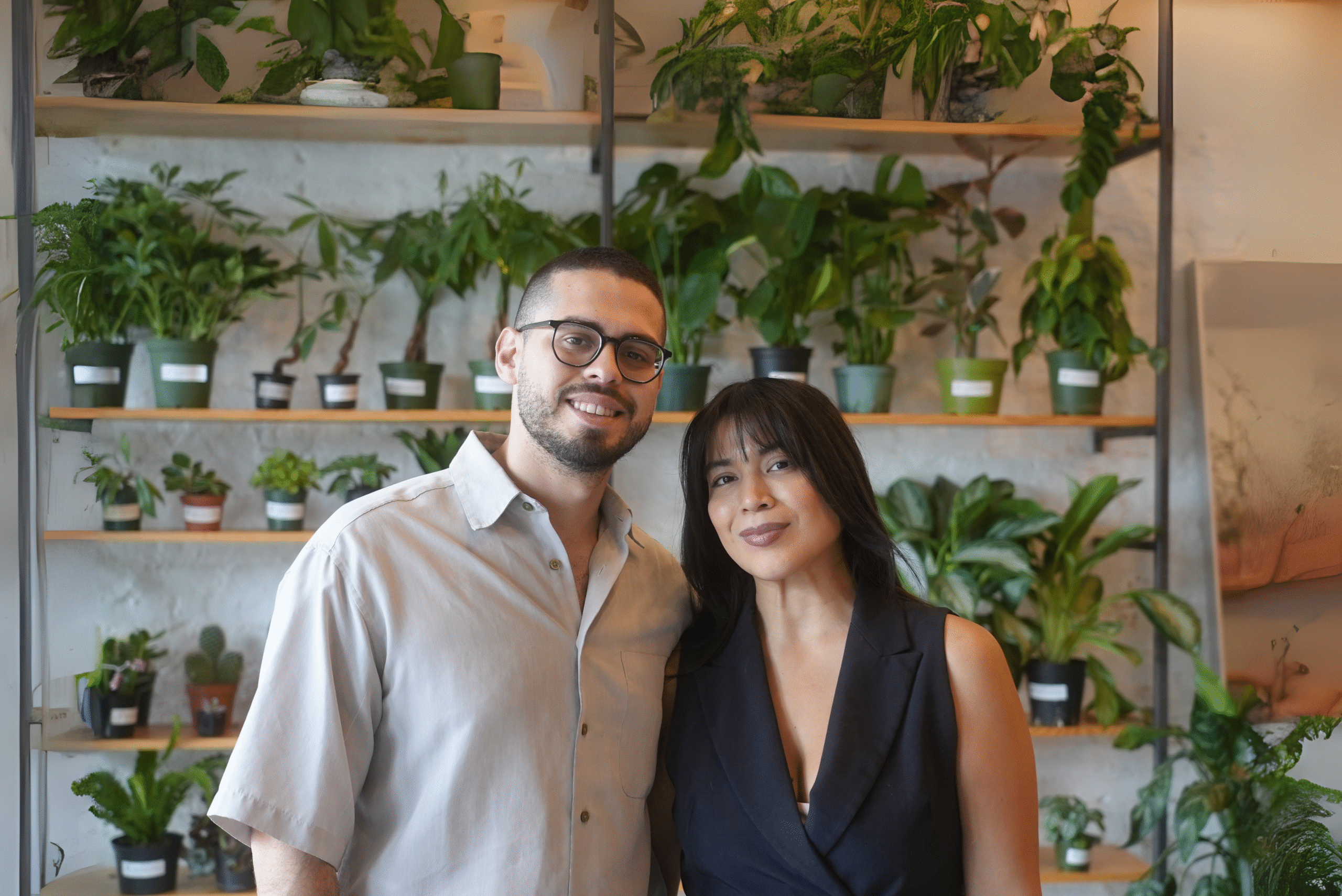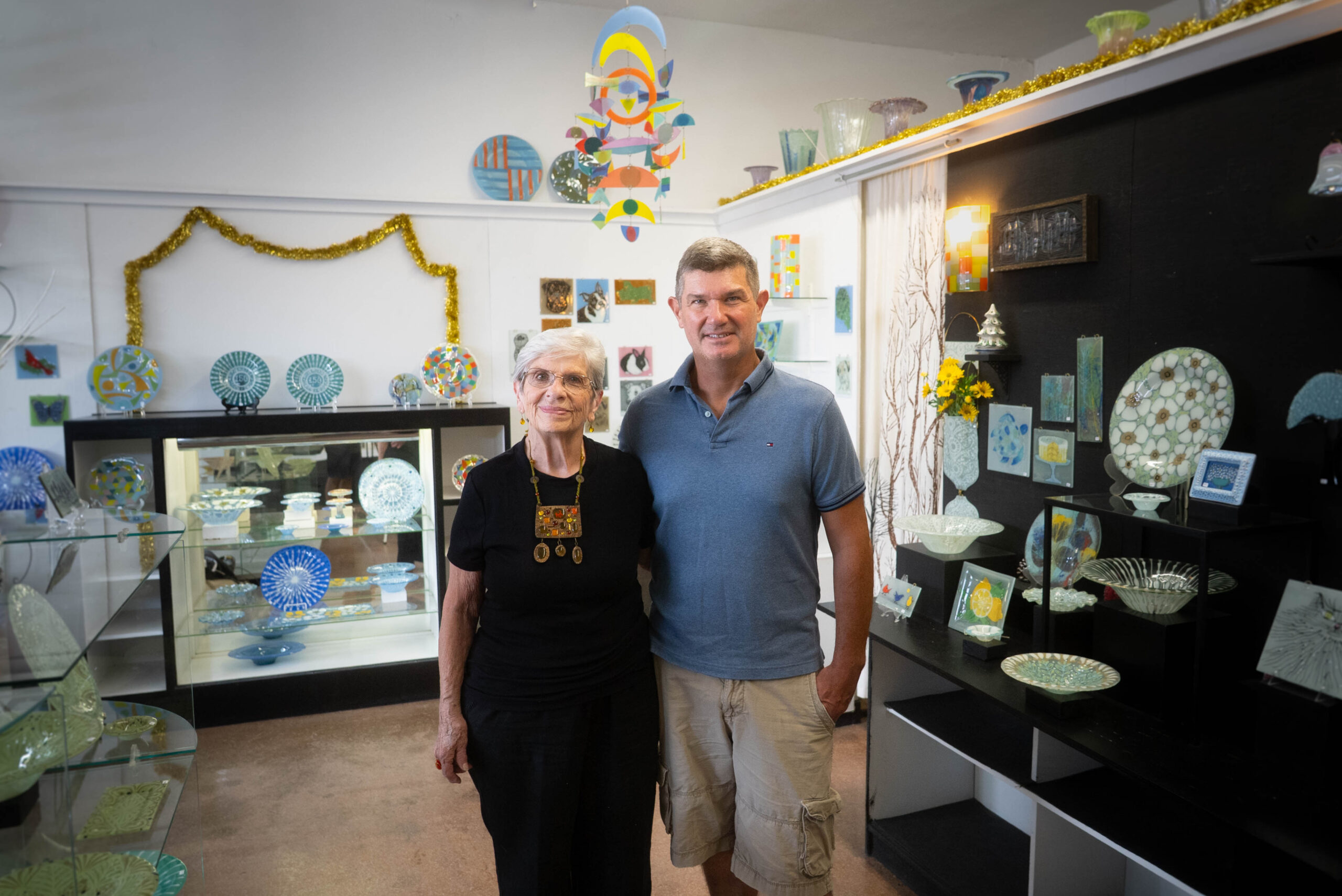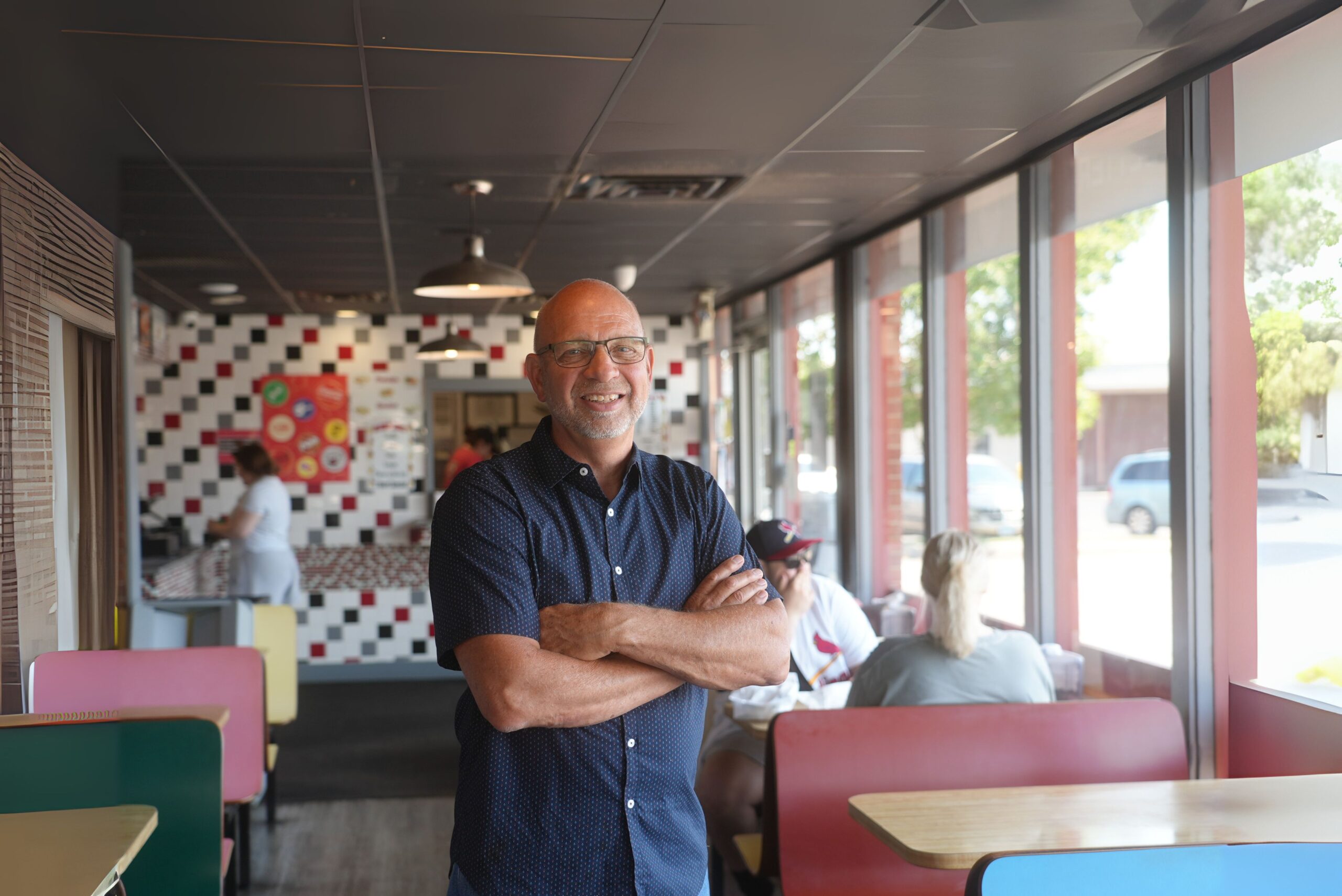Semillas is a plant shop with heart.
Located in Chicago’s Pilsen neighborhood and co-founded by Angélica Varela and Miguel Rivera, Semillas is a place to celebrate cultural heritage, local artistry, and, most importantly, nature.
It’s their authenticity that carries over into their digital presence, where each post reflects their values. Their online success demonstrates that with a shared purpose, social media and retail can come together to achieve meaningful results.
In this guide, we dive into seven ways that Semillas uses social platforms to grow a deeply rooted brand and how you can adapt their approach to build your own retail social media strategy.
1. Use Social Media to Teach
When you scroll through Semillas’ Instagram feed, you might come across tastefully made flower arrangements, beautiful greenery, and curated video content, but there’s more than what meets the eye. They utilize their captions to educate people about propagation, soil care, and how plants tie into cultural traditions.
These small teachable moments keep followers interested and engaged with their content. Having adopted this educational knowledge, many of them have become customers who trust their expertise.
If you’re running a specialty retail store, consider how you can utilize your social platforms to teach. Use your feed and stories to answer common questions customers ask in-store.
Show the “why” behind your products, like what makes them special or how to use them well. Social media for retail business is most effective when it builds trust, and teaching is one of the most powerful ways to do that.
2. Build a Hyperlocal Audience with Geotags and Neighborhood Stories
Semillas roots itself deeply in its community, both on and offline.
“So Semillas is in Pilsen. My family migrated into this neighborhood from Mexico. It was the first neighborhood they planted their own seeds,” Angelica shares.
They often tag Pilsen in their posts, shout out local artists featured in the store, and share content that celebrates the neighborhood’s cultural events. Their online presence feels like a love letter to the area. That focus on localized content helps them attract followers who are nearby and are more likely to walk through their doors.
If you run a brick-and-mortar shop, you don’t need to chase a global audience. Instead of focusing on broad reach, tailor your posts to your neighborhood, mention your city, tag your location, and speak directly to your local community. Highlight collaborations with nearby businesses or repost customer photos taken in your store. By turning your feed into a reflection of your location, you make it easier for locals to find and support you.
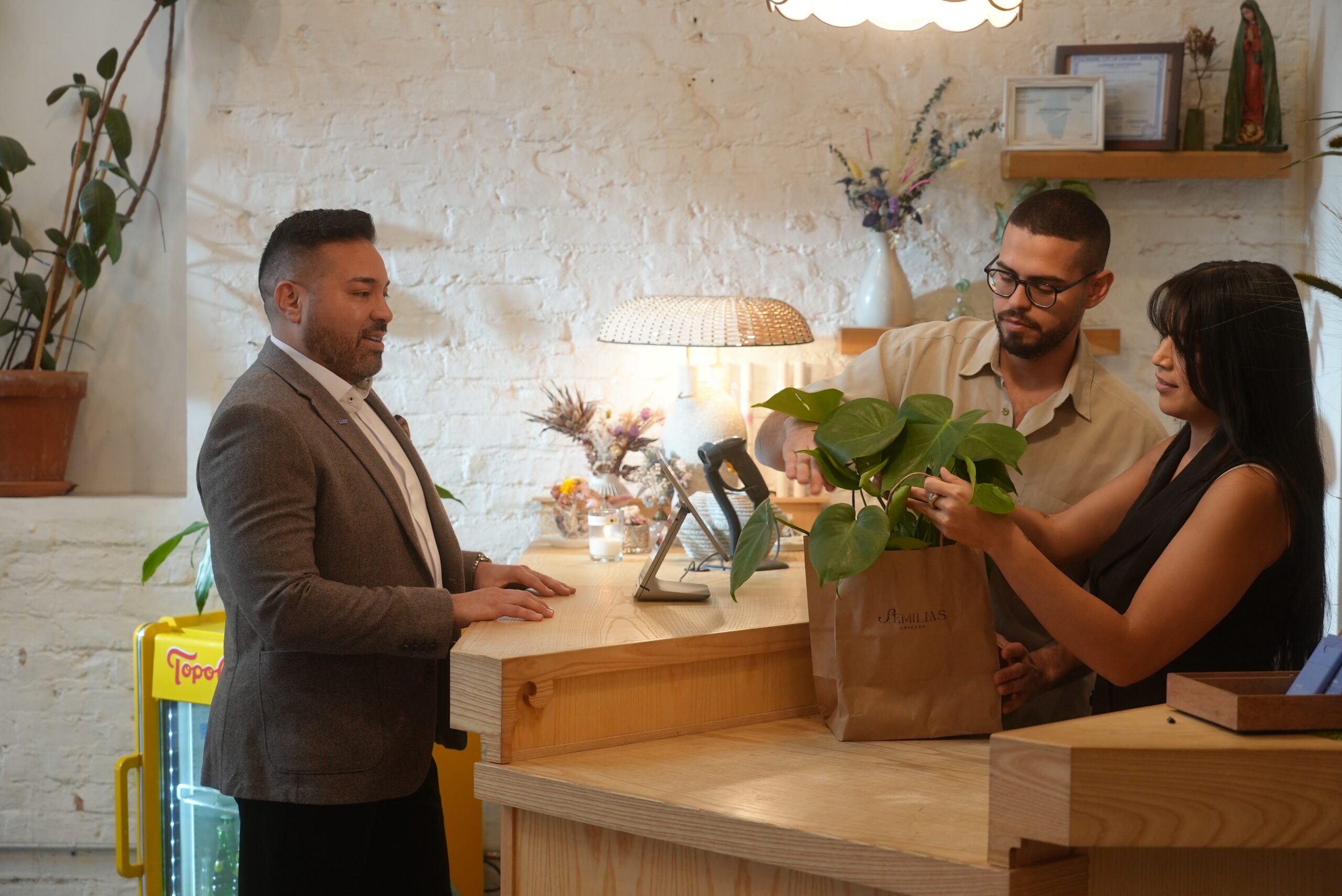
3. Let Community Events Drive Your Content Calendar
When Semillas hosts events, like plant swaps or pop-ups, they turn them into a whole week of content. They post countdowns, behind-the-scenes setups, and follow-ups featuring attendees and featured vendors. This marketing strategy enables them to turn one-time events into storytelling opportunities that energize their audience and deepen engagement.
Instead of scrambling to create content, plan your posts around your in-store calendar. Every event, product drop, or workshop can become a three-part post series:
- Tease it: Announce the event with a save-the-date or countdown post.
- Show it in action: Post photos or videos during the event, ideally with customers’ faces, your staff sharing their excitement, and the product experience.
- Recap it with gratitude: Thank attendees, tag featured vendors, and highlight standout moments or customer photos.
This makes your feed more dynamic and keeps followers looking forward to what’s next. It also shows that your store is active and engaged.
4. Create a Cohesive Aesthetic That Reflects Your Space
Semillas has built a visual identity that feels as warm and natural as walking into their store. Their aesthetic is rooted in earthy tones, soft lighting, and thoughtful composition, with photos often featuring sunlit leaves, handmade pottery, and brightly colored florals. This cohesive look makes their content instantly recognizable. Their visual style isn’t accidental; it’s an extension of the store’s physical atmosphere, translated into the digital landscape.
To strengthen your retail social media strategy, develop a visual language that mirrors your in-store experience. Start by choosing two to three core colors and a consistent lighting style. Photograph products in natural light, incorporating textures from your shop (such as wood, plants, and fabric), and use subtle and uniform editing filters. When your feed looks and feels like your store, people browsing online will feel at home as soon as they walk in.
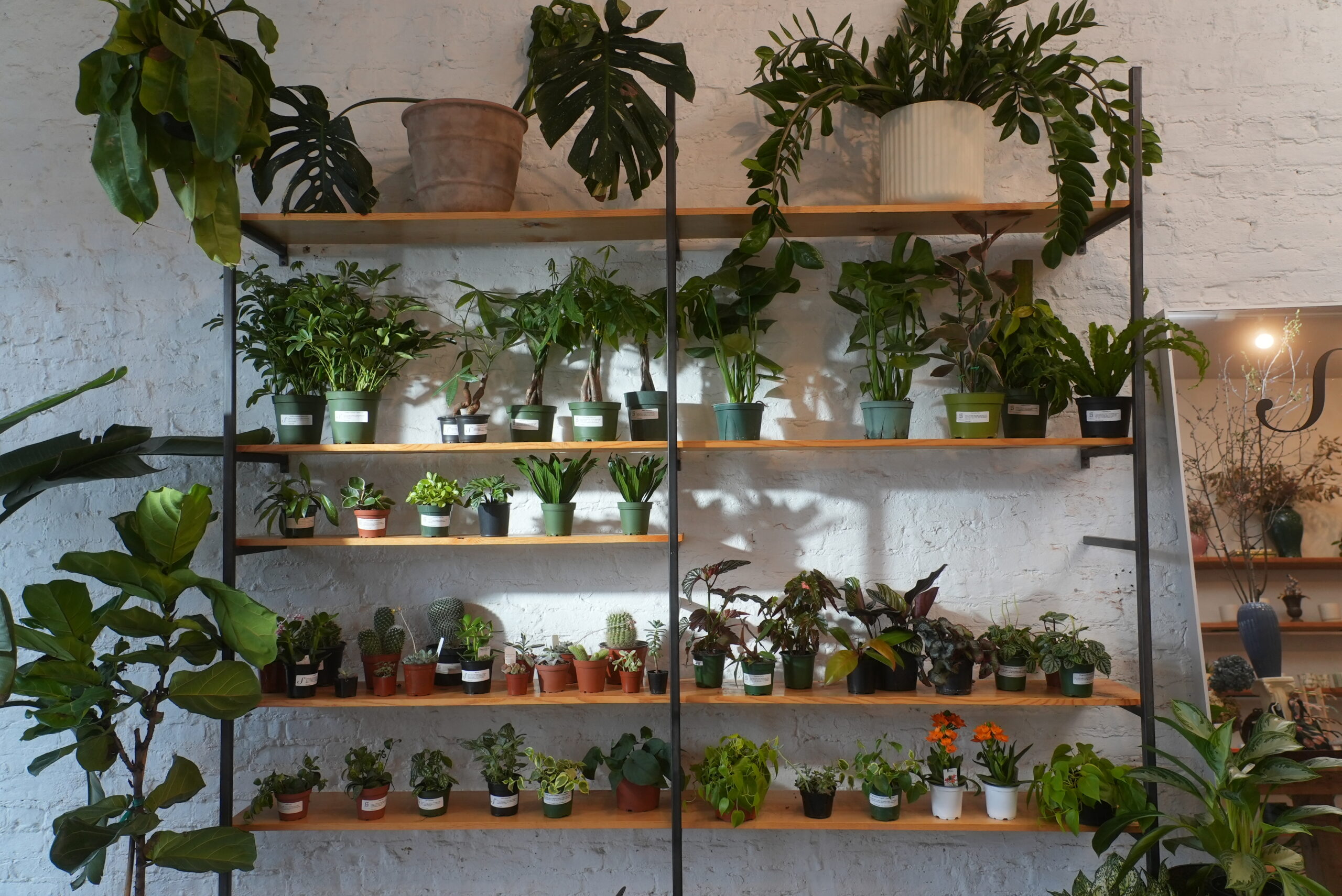
5. Connect With Customers Through Your Bio
Semillas makes it easy for new followers to know how, when, and why to visit. They use their Instagram bio to feature their location, directions, and a brief description of who they are. They have links that direct customers to a landing page where they can shop, a page for reserving tickets to their in-store events, and a link to their TikTok account.
Think of your bio as an extension of your front door. Use a well-lit photo of your storefront, logo, or signature product as your profile picture. In the name field, include what kind of business you are like (“Mercado | Latinx Plant Shop”) so you’re easier to find through search.
Choose a business category, then write a short but warm bio telling people what you sell, where you’re located, and one thing that sets you apart. Treat this space like your front window; it should give people a reason to walk through your door.
6. Collaborate With Local Creatives
Semillas works closely with local artists and makers, often inviting them to pop-ups or to lead in-store workshops. These collaborators bring their own followers into the shop, creating exposure for both parties.
If you’re looking to grow without spending money on ads, try this approach:
- Partner with a local creative whose values align with yours.
- Brainstorm a shared series like a co-hosted Instagram Live, a product bundle, or a limited-time in-store display.
- Cross-promote every step of the way by tagging each other and sharing content across platforms.
These collaborations will keep your content fresh and expose your store to new and relevant audiences.

7. Use Social Media to Reinforce In-Store Practices
Semillas has created simple practices that are both social and in-store friendly, like wrapping plants in craft paper with handwritten notes or sharing “plant of the week” recommendations. When customers post about these moments, the team reshares them with gratitude, reinforcing a sense of community.
Look around your store: is there something charming or unique that happens regularly? A weekly staff product pick? A chalkboard message at the register? Make it a social media moment. Encourage customers to tag you when they experience it and celebrate it like a tradition.
Conclusion
Semillas sells plants while also cultivating a sense of community. Their use of social media marketing for retail stores feels like an extension of their shop: thoughtful, handmade, and full of heart. By staying local, highlighting education, and nurturing relationships, they’ve created a brand that has grown through local connections and digital reach.
If you’re an independent retailer looking to deepen your social presence, remember that success comes from showing up consistently, sharing what matters, and inviting your neighbors to join the journey.
Want to learn more about other Illinois retail leaders? Read inspiring stories from retailers across Illinois who are making a difference.
If you loved learning about the Semillas story and know a retailer who deserves recognition, Nominate A Retailer to submit your nomination!

